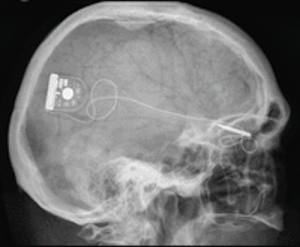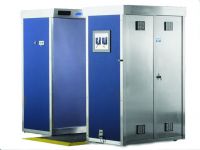Researchers at Neurotrack have developed a computer-based cognitive test that can predict, with 100% accuracy, whether someone is likely to develop Alzheimer’s within six years. Being given such advanced warning is a huge benefit, as it opens up possibilities for slowing the onset of this crippling disease. Despite that 100% accuracy claim, it sounds like there IS a bit of uncertainty in the test. If you score below 50, that’s where the 100% chance of Alzheimer’s applies. Score about 67 and you’re in the clear (well, for six years at least). It’s those people who score between 50 and 67 that are in a gray area…I suspect the diagnosis there would be to repeat the test every year. Considering that it’s a fairly simple test to take, I don’t think that would be a big burden at all, just a minor inconvenience and part of growing old. They’re even looking at adapting this test for iPads, something that people could then self-test at home!
You can read more over at Counsel&Heal.



 The TSA has announced that it
The TSA has announced that it